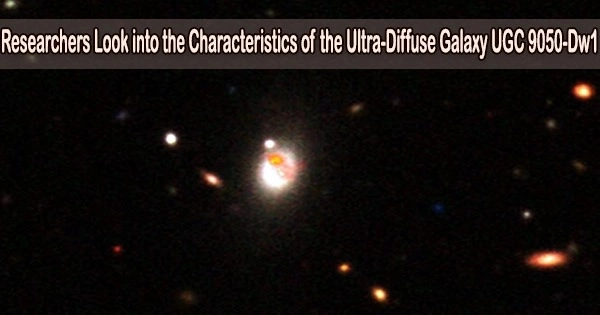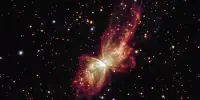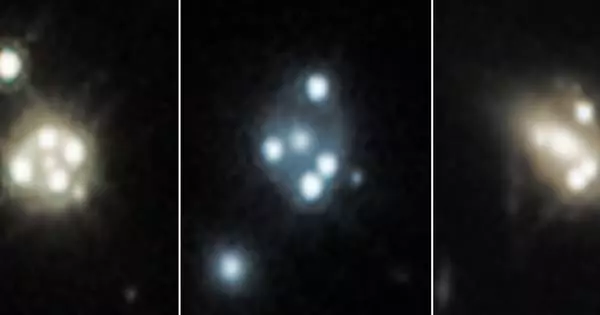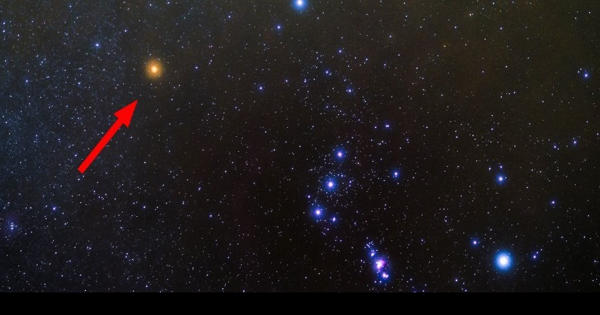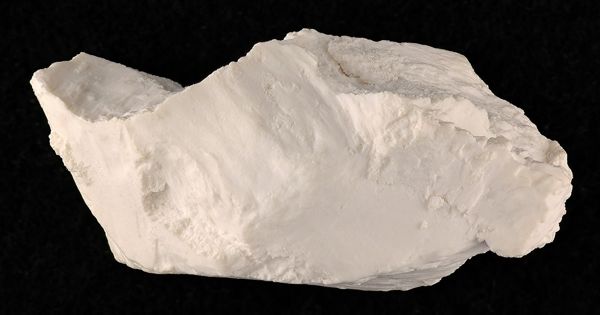Astronomers have studied UGC 9050-Dw1, an ultra-diffuse galaxy, with the help of the Hubble Space Telescope (HST) and Jansky Very Large Array (VLA). The study’s findings, which were released on June 9 (2023) on the pre-print service arXiv, provide crucial information on the galaxy’s characteristics.
Ultra-diffuse galaxies (UDGs) are extremely-low-density galaxies. The greatest UDGs are comparable in size to the Milky Way, although they only contain around 1% as many stars. Scientists are still perplexed by the mystery of UDGs as they attempt to explain why these enormous, faint galaxies are not torn apart by the tidal field of their host clusters.
UGC 9050-Dw1 is a UDG connected to the spiral galaxy UGC 9050 and is situated about 115 million light years distant. It clearly has a tail-like characteristic, and the middle of it has an odd shape that suggests interaction. Moreover, this UDG also shows signs of recent star formation activity.
In order to inspect these peculiarities, a team of astronomers led by Catherine Fielder of the University of Arizona in Tucson, has performed HST and VLA observations of UGC 9050-Dw1.
We propose that UGC 9050-Dw1 formed via a rare dwarf merger event where induced, clumpy star formation led to its current observed properties. While these events are rare, dwarf mergers may serve as an avenue to form GC rich UDGs with relatively monochromatic GC populations.
Catherine Fielder
“We investigate the ultra-diffuse galaxy (UDG) UGC 9050-Dw1, which was selected because of its disturbed morphology as part of a larger sample of UDGs that display evidence for significant interactions,” the researchers wrote in the paper.
The investigations showed that UGC 9050-Dw1 has a prolonged stellar tidal plume to the north and an ultraviolet-bright elongated center core with associated gas of neutral atomic hydrogen (H I). According to the astronomers, such morphology may suggest that UGC 9050-Dw1 is currently in the process of becoming a UDG.
As a result of recent core star formation, UGC 9050-Dw1 is a H I-bearing UDG with high near-ultraviolet flux, according to the data. The system has not been quenched by any interactions, or if it has, it must have done so very recently in the past 100 million years or fewer. It was discovered that UGC 9050-Dw1 forms stars at a rate of about 0.00514 solar masses annually.
The astronomers identified 52 globular clusters (GCs) in UGC 9050-Dw1, with a specific frequency of 122 and GC luminosity fraction of 21%. The GC population has a centrally peaked radial distribution, and is estimated to be at least 1.5 billion years old.
On the blue end of the GC color range, the GC hues were discovered to be uniform. This suggests that the majority of the globular clusters in UGC 9050-Dw1 formed during a period of active star formation.
Overall, the data acquired indicate that UGC 9050-Dw1 was created as a result of an extremely uncommon merger of two dwarf galaxies.
“We propose that UGC 9050-Dw1 formed via a rare dwarf merger event where induced, clumpy star formation led to its current observed properties. While these events are rare, dwarf mergers may serve as an avenue to form GC rich UDGs with relatively monochromatic GC populations,” the authors of the study concluded.
